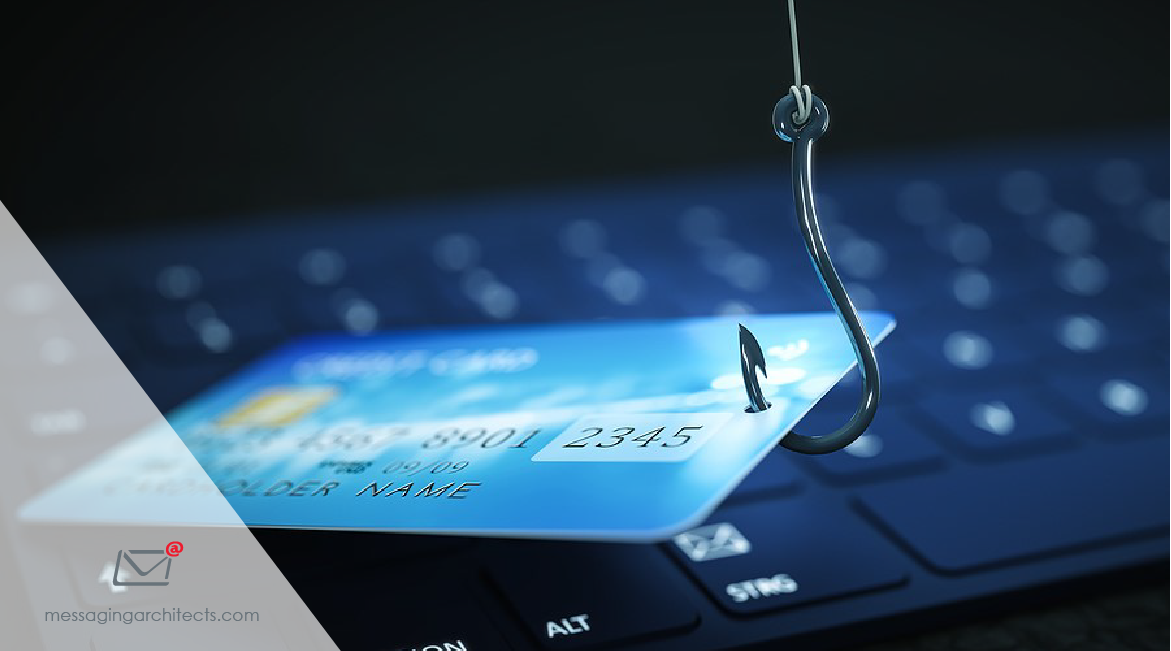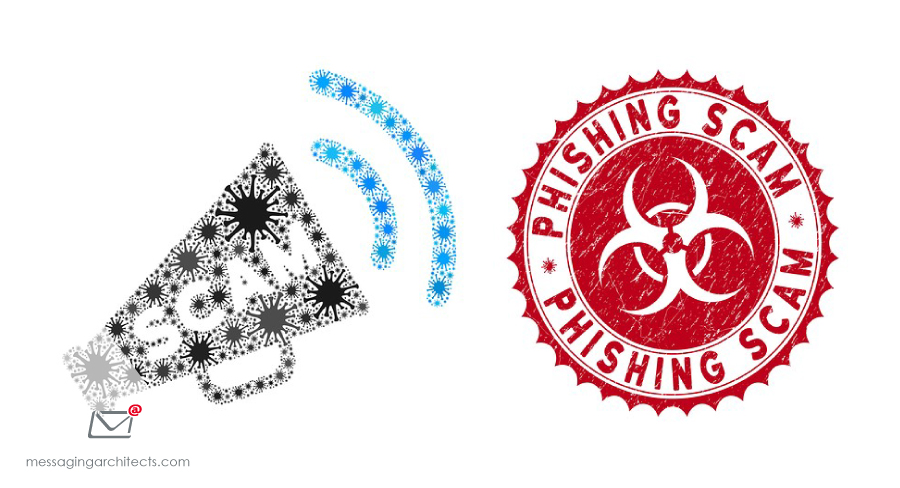Phishing in 2024: What the Lures Look Like and How Not to Get Caught
In the old days (that is, a couple of years ago), grammar mistakes and clumsy attempts to personalize signaled a possible phishing attack. Unwary users still got caught, but common sense and email filters provided pretty good protection. Phishing in 2024 has evolved to a more dangerous level, and both users and organizations need to strengthen their defenses. Recent studies show an alarming increase in phishing attacks. A study by Acronis, for instance, reports an increase of over 200% in email attacks just in the last six months. Despite being one of the oldest attack vectors, email remains one of






